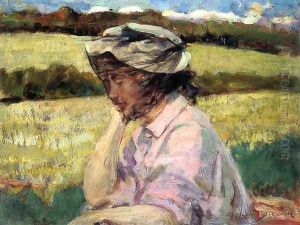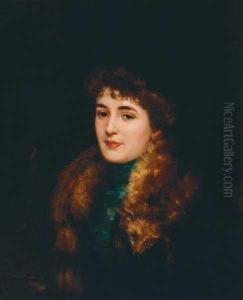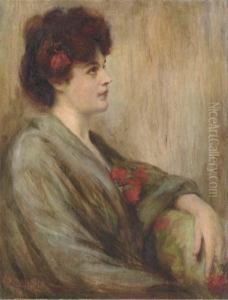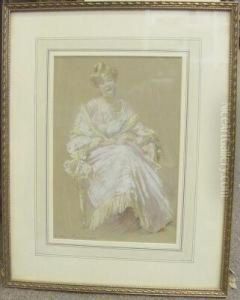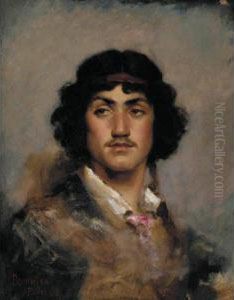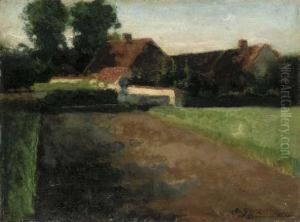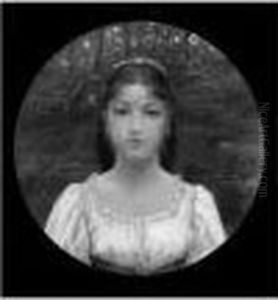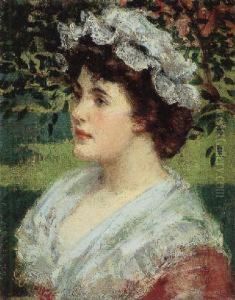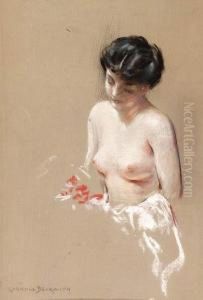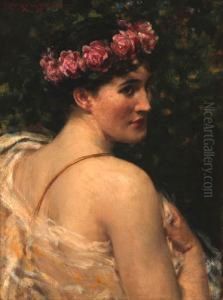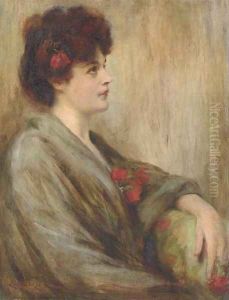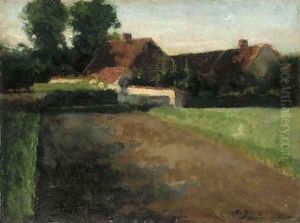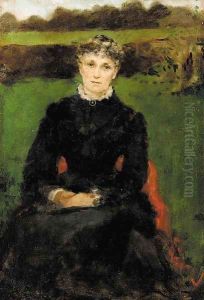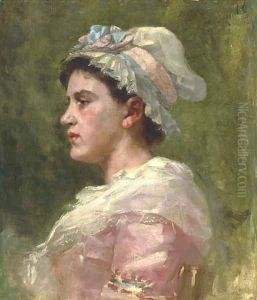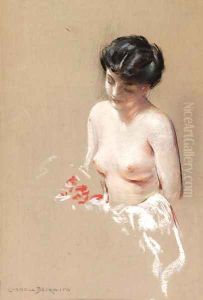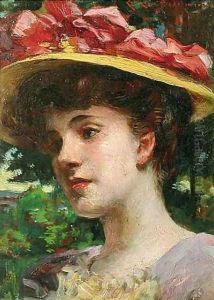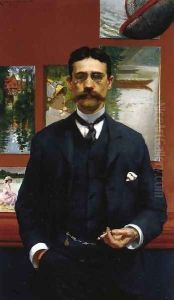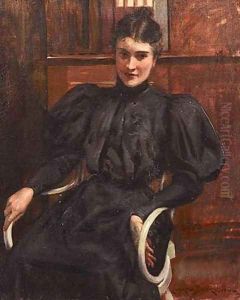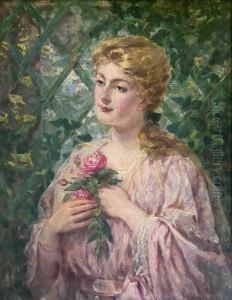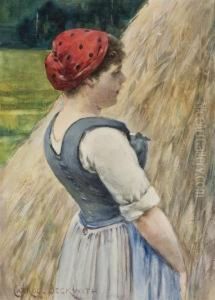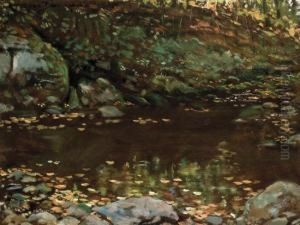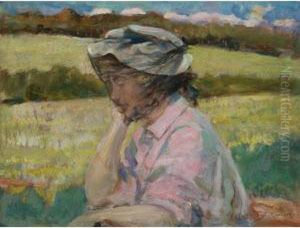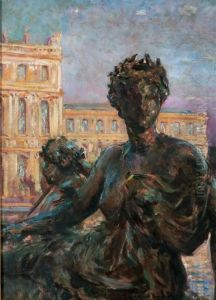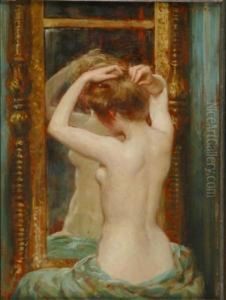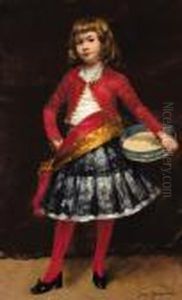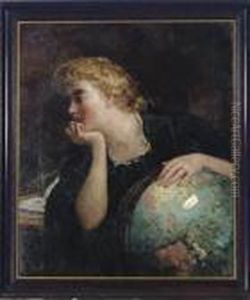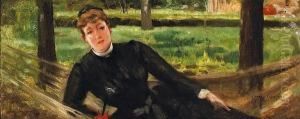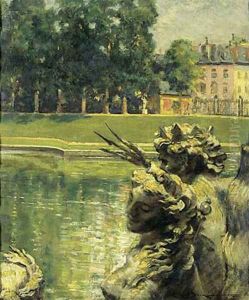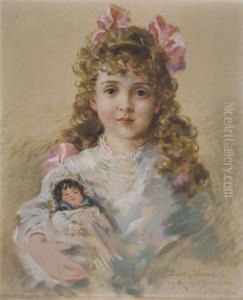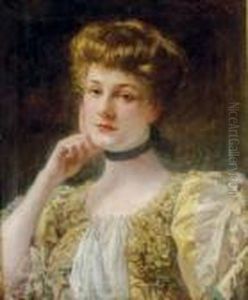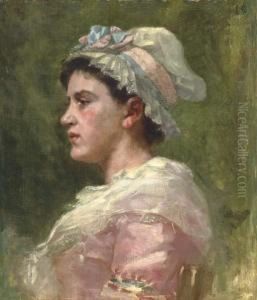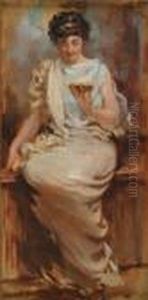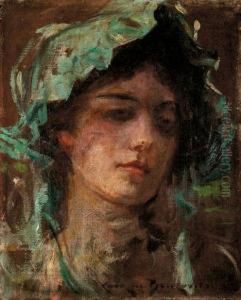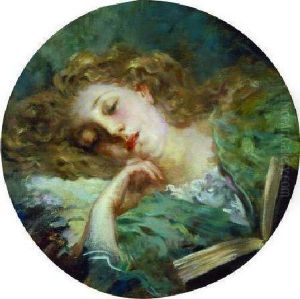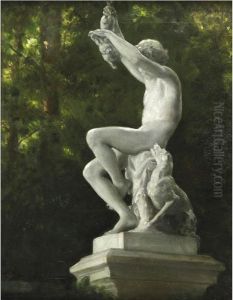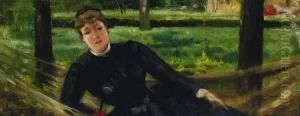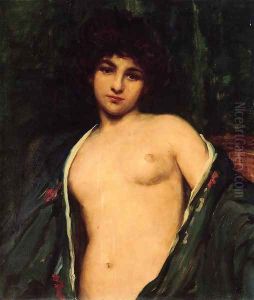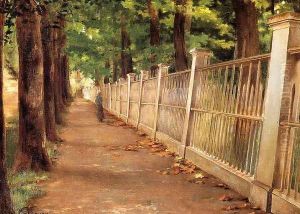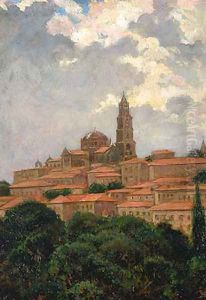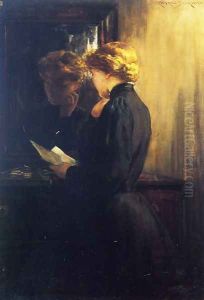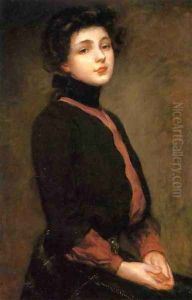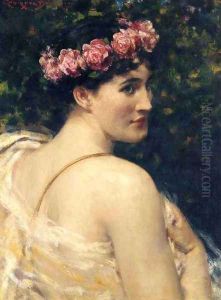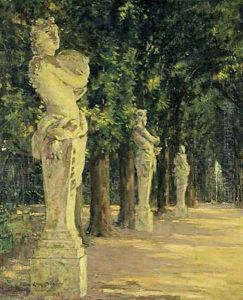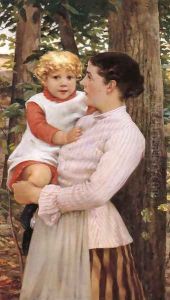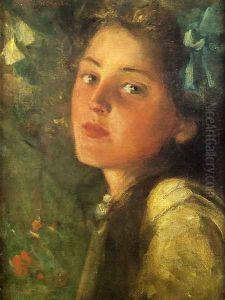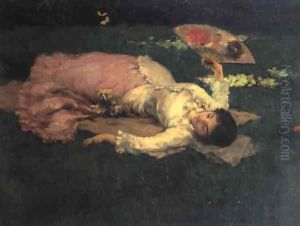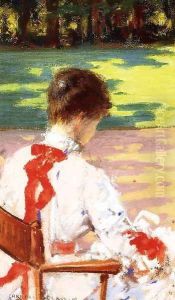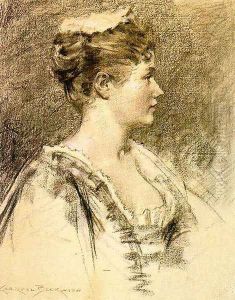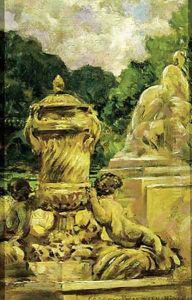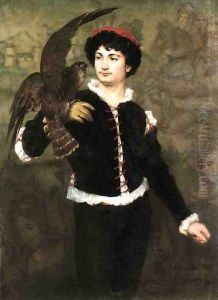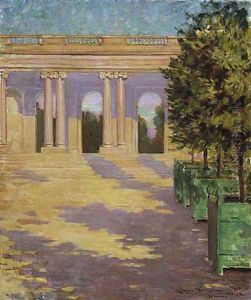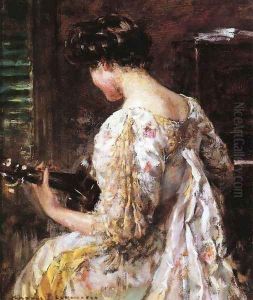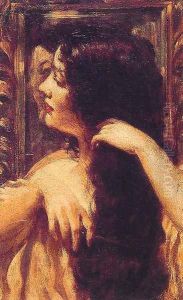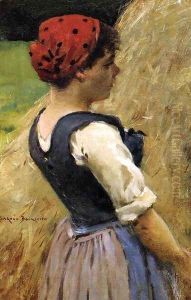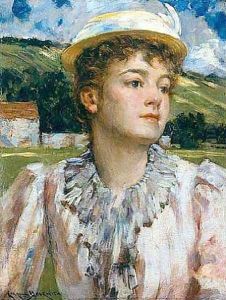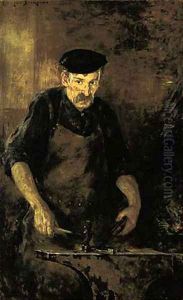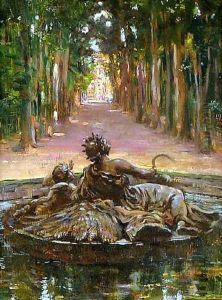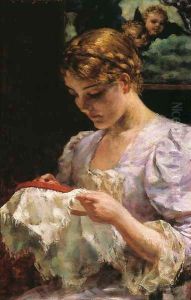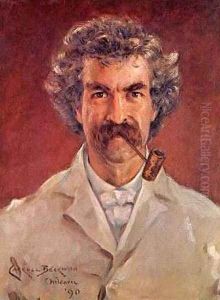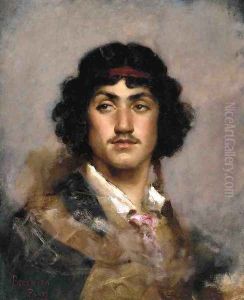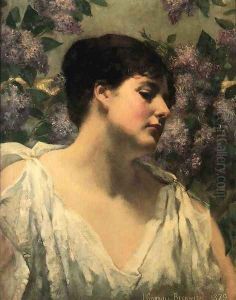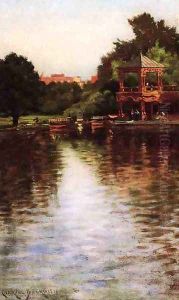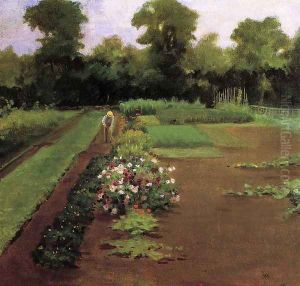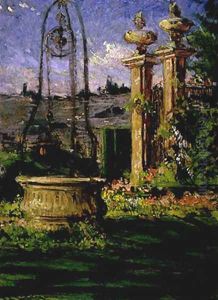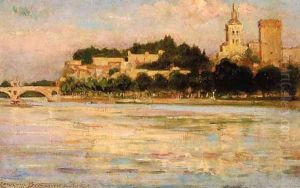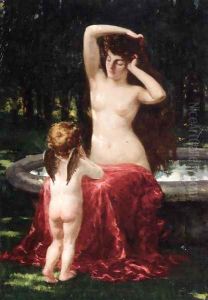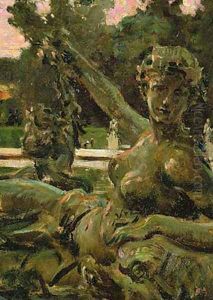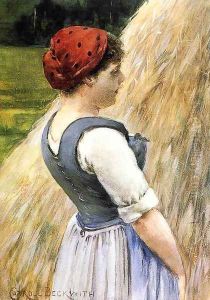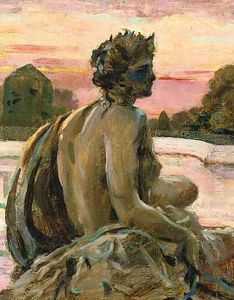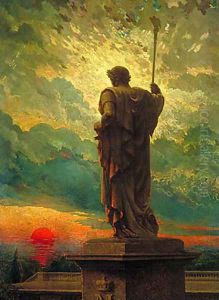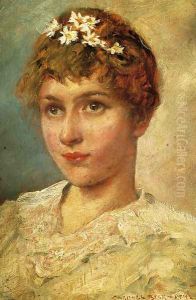James Carroll Beckwith Paintings
James Carroll Beckwith, an American portrait and landscape painter, was born in Hannibal, Missouri on September 23, 1852. He displayed an early interest in art that led him to study at the Chicago Academy of Design under Walter Shirlaw, a distinguished painter and engraver. Beckwith moved to New York City in 1873, where he continued his education at the National Academy of Design, studying under Lemuel Wilmarth. To further his artistic training, he proceeded to the École des Beaux-Arts in Paris in 1877, learning from renowned French academic painters such as Jean-Léon Gérôme and Carolus-Duran.
During his time in Europe, Beckwith absorbed the influences of the French academic and salon painting traditions, and he also traveled extensively, visiting Italy, the Netherlands, Belgium, and England, which broadened his exposure to European art. He exhibited at the Paris Salon and received recognition for his work, which helped establish his reputation as an artist. Beckwith returned to New York in 1880 and quickly integrated into the city's art scene, becoming an active member of various art organizations, including the National Academy of Design, where he was elected as an Associate in 1886 and became a full Academician in 1888.
As a portrait artist, Beckwith was known for his ability to capture the character and elegance of his subjects. He painted many notable figures of his time, including the author Mark Twain and President Theodore Roosevelt. Additionally, Beckwith's landscapes and historical paintings received praise for their composition and attention to detail. His work was characterized by a refined technique and often contained a sense of romanticism and idealism, typical of the Gilded Age.
Beckwith was also an influential teacher, sharing his knowledge and skills with the next generation of artists. He taught at the Art Students League of New York and had a significant impact on his students, who included Georgia O'Keeffe and other future luminaries of American art.
James Carroll Beckwith's contribution to American art was significant during his lifetime, and his works are still appreciated for their technical proficiency and evocative quality. He died on October 24, 1917, in New York City, leaving behind a legacy as a painter and educator that enriched the American cultural landscape.
